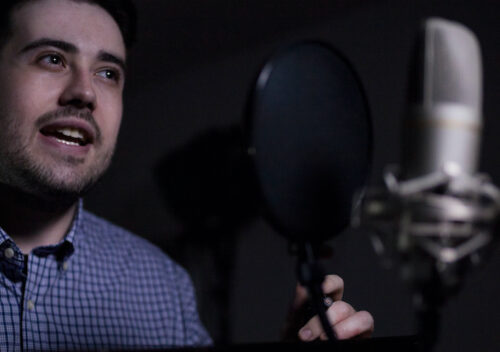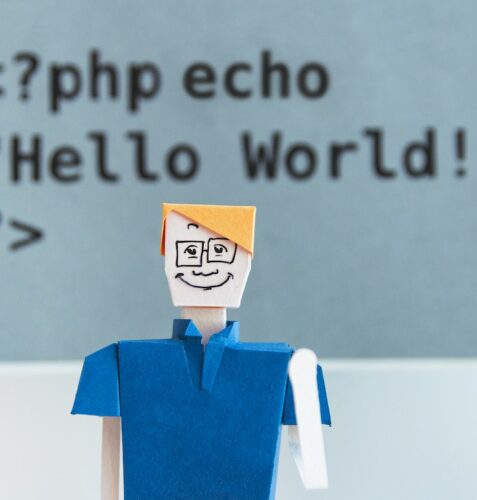No doubt about it: animation voice overs are super cool – but only if the voice actors know what they’re doing. So If you’re doing an animation project, get the best voice actor – or actors – to make your characters come to life.
Loony Tunes

As a kid, did you ever get up bright and early to catch your favourite Saturday morning cartoons?
Were you excited to see the animated characters, the bright, saturated colors? Did you enjoy following the intrigue? Did you hold your breath during the challenges, and were you ready to join those characters on screen?
Animation voice actors probably carry that childhood spark with them well into their adult lives, turning the interest and fascination into a profession.
You might think it’s easy to see the characters on screen and imitate them. Even to pretend you’re them, and buy into their stories. But it’s a whole new ballgame to become a professional animation voice actor. If one thinks of those characters, how many of them weren’t practically defined by the voices they were given?
If you’re producing and directing an animation project and the associated voice overs, you wouldn’t want to end up with something like this…
It just sucks!
Preparation
If anything, animation voice over takes more preparation than other forms of voiceover. You’d think that heading into the recording booth and throwing out a wacky voice for some wacky character is easier than coming in to read something for eLearning. Trust us: it ain’t.
When it comes to voicing a character, there’s a world of circumstances to consider, as as a producer/director it may be worth your while to acquaint yourself with Stanislavski’s given circumstances.
If you didn’t know, Stanislavski was a world-renowned theatre practitioner who developed an acting methodology more than a century ago. Actors across genres still apply it all the time. It addresses the 5 W’s (who, what, when, where, why) as well as ‘how’.
So why is this relevant when choosing your voice actor? Well, you should hope your voice actor is employing Stanislavski’s type of thinking. Answering the 5 W’s is going to tell an actor who the character is. that he or she needs to portray.
Acting

It’s going to let them know exactly how the character thinks, the context of the world the character lives in, the character’s motives, emotions, logical reactions to phenomenon — it’s going to let them become the character. Here’s the secret: voice acting isn’t about acting at all; it’s about becoming.
You’ll know your actor is prepared for your animation project by the way they voice their character. Is it authentic? Does it match the context of the job? Is it rich (in emotion) and sound well-informed?
Ultimately, it’s about the voice actor’s ability to suspend disbelief.
You distinguish whether they’ve prepared this way by listening and using your intuition. Just like you can hear when a friend is genuinely excited about something new they’ve tried, or when you hear the telemarketer’s dispassion when they try to sell you something even they don’t care about.
Go figure!
And… action
When we look at animated characters, there’s usually tons of action.
Unlike conventional human bodies, animated bodies can contort, move, and express in ways our bodies can’t. There’s always some action going on with characters, and it’s often played up.
Like when a character looks downwards in a moment of sadness. In animation, it’s common to see the whole head move down significantly, the eyelids droop and open slowly, and you can see the minute details in the character’s appearance.
These are all actions. When it comes to voice acting, you’re going to want to hear the voice actor go through the same actions.
You might think that sounds silly. How can you hear silent actions?
Verbal and non-verbal
Well, if you listen closely, you can hear the voice actor go through a process of discovering what the character lives through. Even in the absence of a voice, you can get a sense that your voice actor is answering these sorts of questions:
- What is the character thinking when their eyes shift to one side?
- Did they remember something from their history that plays into this moment?
- What do they say from this experience?
There aren’t sounds when these actions occur, but you’ll know it’s there when the voiceover sounds genuine, has a sense of fluidity and gives enough time for emotional impact. The silence creates space for the character to feel real.
And if it’s not there, it’s going to come across really weird. If the voice actor isn’t discovering the character as they voice them, it’s going to sound like they’re just reading words from a sheet of paper, and not living the character at all.
It’s a wrap

Your animation voiceover is going to need a lot of finesse and keen insight from your voice actor.
Your animation voice actor will need to know the characters intimately, and be able to show it as they speak and discover the characters’ experiences.
And if you find someone who can adapt on the fly, make these characters real, and see them animating the script in studio, then you’ll know you’ve hit the jackpot.
We wish you the greatest success with your animation project!
